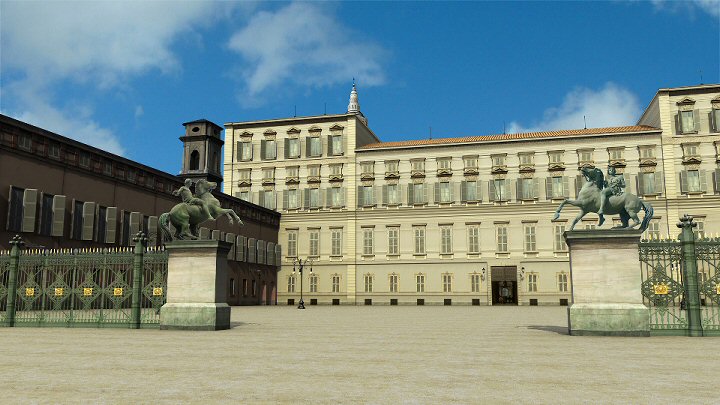

Archives about 20th century history are often composed by the widest variety of materials one can imagine: pictures and books, official documents and private letters, advertising billboards and restaurant menus, video footage and radio shows, maps and postcards. This is a huge quantity of things that risk being hidden and forgotten forever, if archival institutions can’t find a way to make those materials accessible to the public.
Nowadays, VR can be considered as a powerful tool to display cultural contents. However, several problems remain open . How can we go beyond the simple reconstruction of historical artifacts in order to recreate the culture of the period and allow the development of living museums? Can VR enhanced contents be used as a bridge to convey knowledge between the expert and the visitor? What do users expect, what are their needs and how do we deliver appropriate content? How can interactive environments meet visitors’ expectation to learn something while enjoying an entertaining experience?
In order to answer some of these questions, we propose the development of a virtual museum, which is an interactive park, built around a set of multimedia installations using cutting-edge technologies in the field of virtual and augmented reality. The primary objective of the project is to re-propose the archive materials and the museum collections in a novel, captivating and engaging way, providing an environment where visitors can learn something from the ancient history, guaranteeing them an entertaining experience. This is achieved enhancing the archival materials through the use of technologies. Another key point of our virtual museum is its versatility. Through the digital, we have a permanent container (the technology) with the possibility to change infinitely its contents, modifying and adapting it to the different uses. Finally, the proposed system is scalable, since the digital contents can be adapted to different media, from personal computers to mobile devices.

M. Antognozzi, A. Bottino, D. Cook,
A. De Santi, V. Lera, M. Locatelli
RE-LIVING LAS VEGAS: a multi-user, mixed-reality edutainment
environment based on the enhancement of original archival materials
Proceedings of IEEE conference on Virtual Environments, Human Computer
Interfaces and Measurement Systems (VECIMS 09), May 11-13, 2009, Hong
Kong, China
Copyright © 2007 - All Rights Reserved
CG&VC
@ Politecnico
di Torino